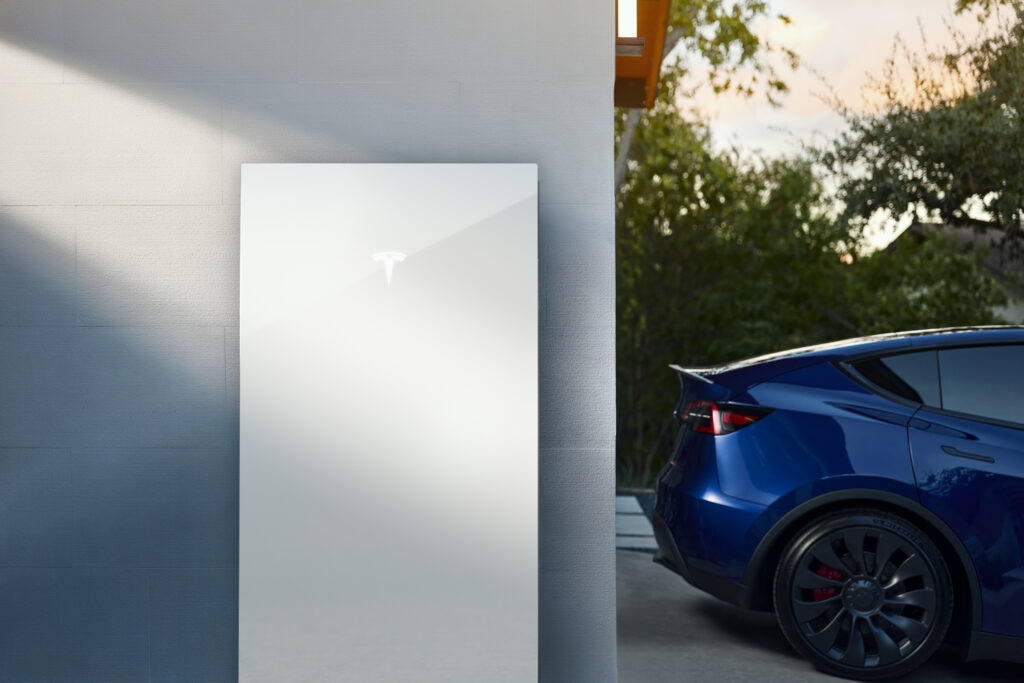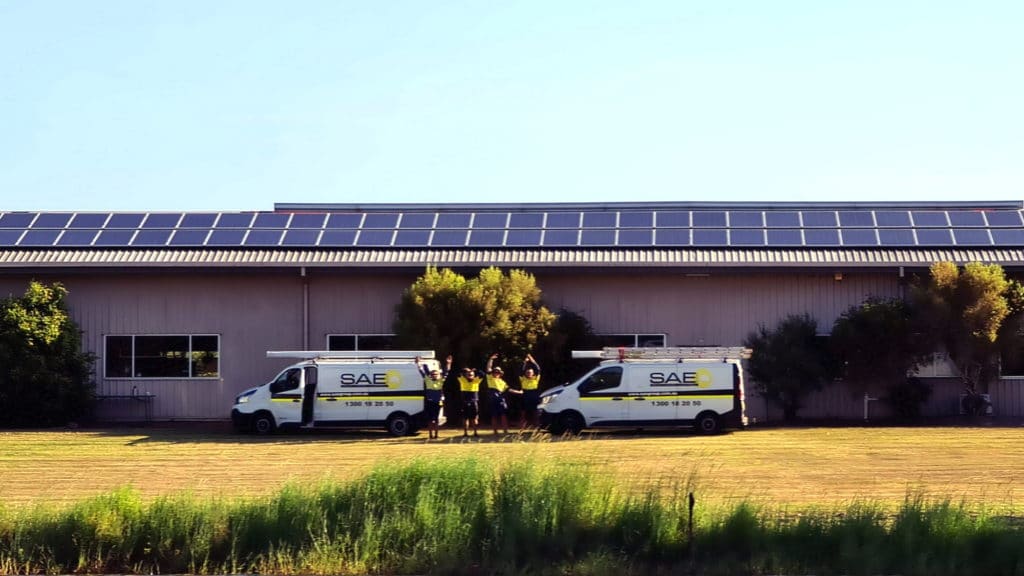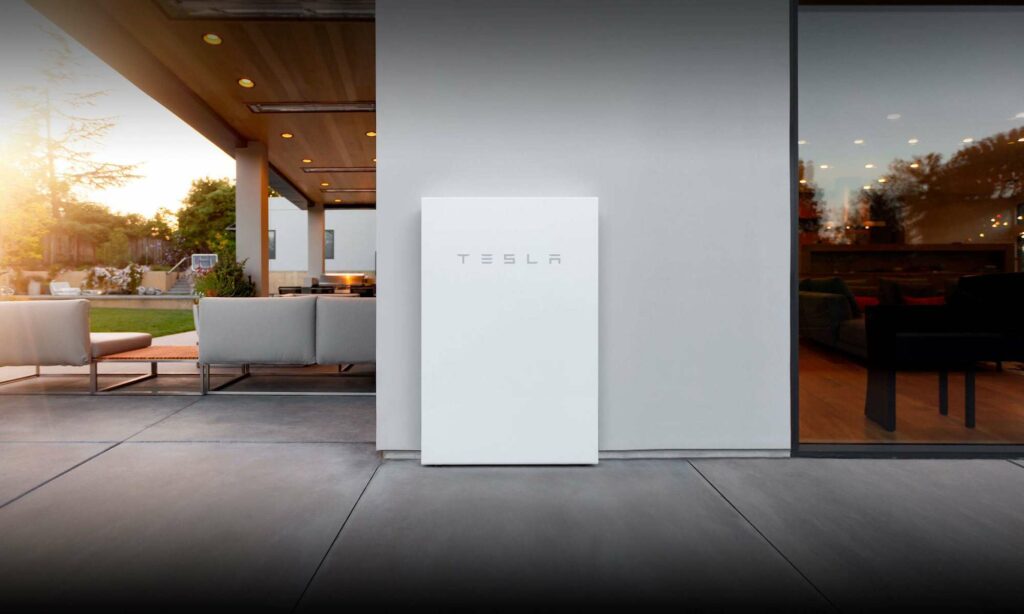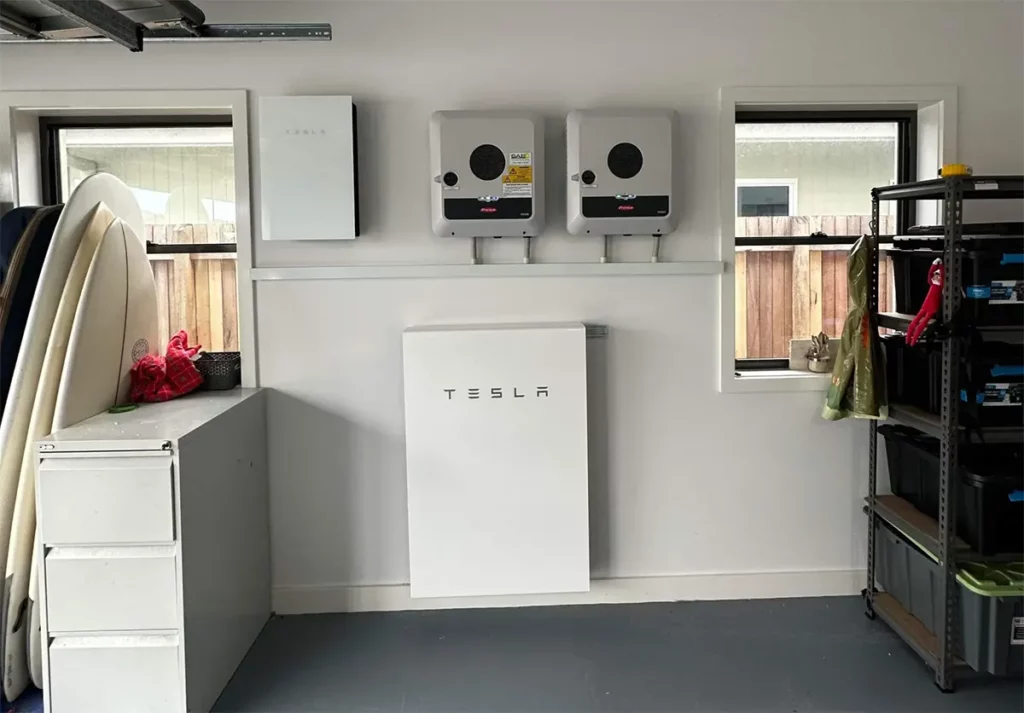Secure your Energy Security with a Solar Battery System
Home » Secure your Energy Security with a Solar Battery System

As Australia continues to battle the on-going energy crisis, several issues point to the urgency of investing in back-up power to avoid energy shortfalls. As such, the country needs to invest in emergency back-up power to avoid energy shortages or power outages in the future. But what exactly is going on in the energy industry? Let’s take a look at some of the most recent issues surrounding the energy crisis in Australia.
Recent Issues
- The delay in delivering the Kurri Kurri gas plant raises concerns about the reliability of the grid.
- AEMO has warned of a risk of unreliable power supplies in NSW and Victoria from 2025 and in other states later in the decade unless investments are made in long-duration storage plants, generation, and transmission. Coal and gas-fired power plants will exit the system, and every east-coast state will be at risk of electricity shortages from 2027.
- The need for timely investment to fill reliability gaps is urgent, and there is a critical need to accelerate the rollout of back-up capacities like long-life storage, batteries, and more generation to minimise the risk of blackouts later in the decade.
- Fuel supplier Viva Energy is awaiting environmental approval for its plan to build the first shipping terminal in Victoria capable of importing liquefied gas in Corio Bay.
- The approval of a gas expansion project in Queensland has threatened to derail Labor’s negotiations with the Greens as it seeks to win support for its key climate change policy.
Let’s take a closer look at each issue below.
AEMO Highlights the Urgent Need for New Electricity Supplies in Australia – Sourced from the Australian
AEMO has warned of an “urgent” need to invest in back-up power, such as battery back-up power supply, to prevent energy shortages in Australia in the coming decade, as Snowy Hydro’s delay in delivering the Kurri Kurri gas plant raises reliability risks in the grid; the delay in the plant’s delivery will increase the risk of unreliability in the NSW grid in 2024, with the entire east coast energy network likely to fall short of AEMO’s reliability standards by 2027 if there is no significant increase in committed energy projects, leading to potential reliability gaps of up to 560MW in some states.
Calls for Investment in Gas Power Plants – Sourced from AFR

Australia’s Energy Market Operator (AEMO) has warned of potential electricity supply shortages in the coming years, calling for investment in long-duration storage plants, transmission, and gas power plants to ensure a stable energy supply. The market operator cited the risk of intermittent power cuts starting in 2025 in NSW and Victoria, becoming more widespread in mainland states in the National Electricity Market later in the decade. While some backers of battery projects have criticised the comments, citing delays in approvals, experts have emphasised the need for firm, dispatchable, and continuously available capacity to meet reliable supply standards, including investment in gas power.
Potential Electricity Shortages from Mid-2026 in Victoria – Sourced from the Daily Telegraph
Victoria and other states in Australia are at risk of electricity shortages and blackouts due to the exit of gas and coal-fired power stations from the system. This includes the Loy Yang A coal-fired power plant, which is on track to close in 2028 (10 years ahead of schedule) and is the largest power station in Victoria. AEMO has warned that every east-coast state is at risk of electricity shortages from 2027 as five coal-fired power stations totalling about 13% of the national electricity market’s total capacity close. The report reinforces the need for urgent investment in renewable power sources, long-duration storage, and more transmission lines. Urgent and on-going investment in renewable energy, transmission and long-duration storage is needed to reliably meet demand from Australian homes and businesses. That said, the retirement of the Osborne Power Station in South Australia is set to be delayed to plug reliability gaps.
Chris Bowen’s Response to AEMO’s Prediction of Energy Shortfalls – Sourced from the Australian
Australia’s Energy Minister, Chris Bowen, has addressed concerns that the country’s energy capacity could exceed supply by the end of the decade. AEMO recently released a report warning of electricity shortages if renewable energy projects lagged behind the closure of fossil fuel plants. The AEMO also predicted the late delivery of Snowy Hydro’s two major projects would increase the risk of unreliability in the New South Wales grid by 2024. The AEMO CEO called for urgent investment in renewable energy, long-duration storage, and transmission to fill reliability gaps. Bowen stated that the government is working quickly to ensure there will be clean, reliable energy to fill the gaps left by closing coal fire stations, while National senator Matt Canavan called for the Kurri Kurri plant to be operational as soon as possible to address the energy shortage issue.
Viva Energy’s Gas Terminal Plans Get Stalled – Sourced from SMH

Viva Energy, which owns the Geelong oil refinery and Shell and Liberty petrol stations in Australia, is seeking clarity about the extent of the Albanese government’s long-term energy market intervention before making a final investment decision on building Victoria’s first shipping terminal that’s capable of importing liquefied gas in Corio Bay. The company is currently waiting for environmental approval regarding its plan of extending a pier at the refinery location and parking a floating vessel to receive cargoes of super-chilled liquefied natural gas and turn it back into vapour for homes and businesses in Victoria. However, the government’s intervention in the east-coast gas market to tame soaring energy bills has added another degree of uncertainty that may stall the company’s ability to finalise its investment decision. Viva’s CEO said that price caps are one of the areas it is essential to get clarity on. Environmentalists and some community members oppose the project.
Deteriorating Negotiations Over Labor’s Key Climate Policy – Sourced from the Australian
The Australian Greens have criticised the Australian Labor Party (ALP) for approving a gas expansion project in Queensland while negotiating with the Greens over the ALP’s climate policy. Energy giant Santos has been given permission to construct and operate 116 gas wells at an existing facility in the Surat Basin until 2077. The approval could complicate negotiations between the ALP and the Greens, who are seeking a blanket ban on fossil fuel projects. The ALP needs the support of the Greens and crossbenchers to get its carbon credits regime through the Senate, as the Coalition is opposed to the safeguard mechanism. The government has stated that it is on a clear path to net-zero emissions through its National Reconstruction Fund, the safeguard mechanism, and its support for electric cars.
Renewable Energy Investment Increased from Super Funds – Sourced from AFR

Australian superannuation funds have increased their investments in renewable power infrastructure, now accounting for over 5% of the country’s overall renewable energy capacity, and 10% of indirect holdings are included, according to data from the Association of Superannuation Funds of Australia. This represents a more than five-fold increase since 2016, with industry super funds such as Rest, Aware Super, Cbus, and Future Super directly investing in renewables. However, some funds and industry experts remain sceptical about investing for social or sustainability grounds rather than purely for financial returns, despite Treasurer Jim Chalmers’ push to fund the shift to clean energy.
Will Safeguard Mechanism Syphon Investment from Renewables? – Sourced from RenewEconomy
A report by the Australian Institute warns that the Safeguard Mechanism proposed by the Albanese government will channel funding to the carbon offset industry at the expense of renewable investment. Data gathered by the institute reveals that the volume of carbon offset projects that are registered in 2022 is roughly double that in 2020 and 2021, while investment in new renewable energy generation has declined by 50% since 2018. The Safeguard Mechanism, which is currently under review by the Labor Party, has been criticised by climate and green groups for failing to address Scope 3 emissions and promoting the trade in low-integrity offsets. The Australian Greens, who are needed to pass the legislation, have been critical of the policy but have agreed to support it in return for a commitment to ban all new gas and coal projects.
New Large Batteries Provide Short-Term Relief Amidst Supply Tensions on the Grid Caused by Delays in Snowy 2.0 – Sourced from RenewEconomy
The Australian Energy Market Operator has updated its Electricity Statement of Opportunities, highlighting the need for more long-term storage and dispatchable energy capacity. While there are positive developments in short-term supply, such as the Waratah “super” battery commissioned by the NSW state government, the country is still not building enough new capacity to replace the five big coal generators due to retire or meet renewable share targets. Urgent and on-going investment in renewable energy, transmission and long-duration storage is needed to meet demand from homes and businesses. While many generation, storage, and transmission developments are progressing, there are reliability gaps beginning to emerge from 2025 onwards. The slow completion of the government-owned Snowy Hydro project could cause further delays and impact supply.
What Can You Do Amidst These Issues?

The outcome of Australia’s on-going energy crisis is still uncertain. But you can start taking measures to safeguard your energy security. Make the shift to renewables and further secure your energy security by investing in a high-quality solar battery system for your home and business. This way, you can reduce your reliance on the grid and save on energy bills.
Secure Your Energy Today
SAE Group is on a mission to help Australia switch to solar energy one rooftop at a time. As a trusted solar battery installer, we provide reliable solar energy solutions for homes and businesses.







